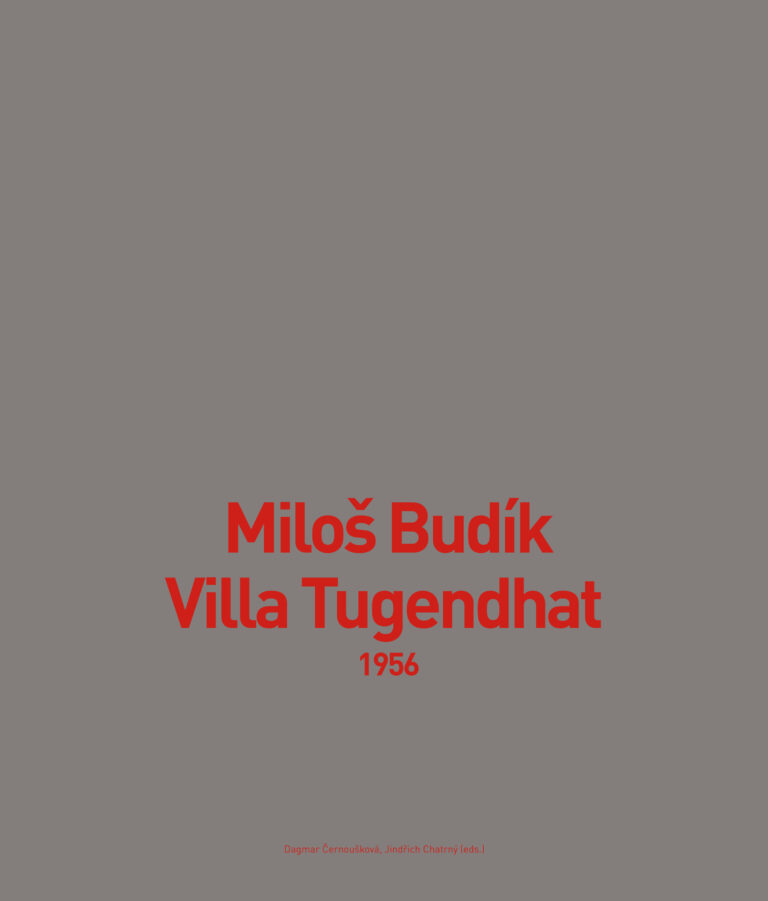ČERNOUŠKOVÁ, DAGMAR; CHATRNÝ, JINDŘICH (EDS.).
At the beginning of 1956 Miloš Budík entered a seemingly inconspicuous, somewhat unusual house at 45 Černopolní Street in Brno with camera in hand. He had been dispatched to this address by the editorial room of the Brno daily Rovnost, with whom he was working at the time as a photographer. He never dreamed that the collection of about sixty views, which to all intents and purposes he would take there at random would, after half a century, become a valuable documentary – as well as exceptional artistic – statement about one of the most important buildings of modern world architecture. For at that time the renowned Tugendhat House had for several years been used as a rehabilitation centre for children and young people with spinal defects by the nearby County Children’s Hospital (today the Children’s Teaching Hospital). In the end neither a report nor any photographs of the Tugendhat House were published in Rovnost in 1956. However, one of the most celebrated of Budík’s photographs was taken there.
Černoušková, Dagmar; Chatrný, Jindřich (eds.). Miloš Budík. Villa Tugendhat. 1956, Brno 2015

